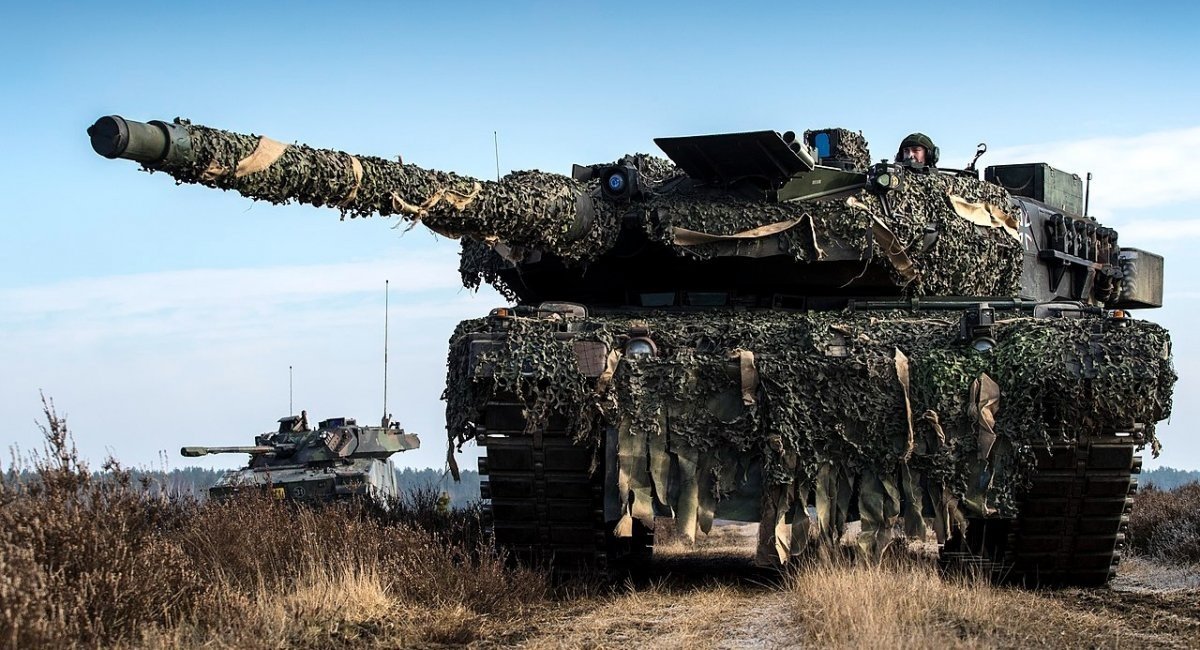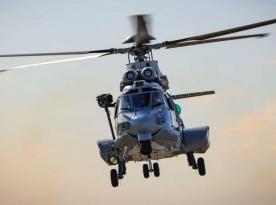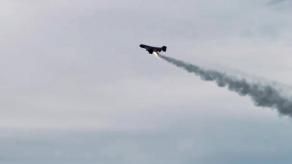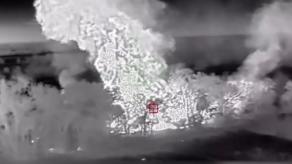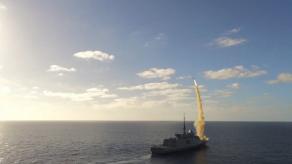Minister of Defense of the Netherlands Kajsa Ollongren said her country won't go for supplying the 18 Leopard 2A6 tanks leased from Bundeswehr after this possibility was considered closely. The decision was explained quite ambiguously, the minister said it was "a military consideration" by Berlin to not allow the transfer of these tanks to Ukraine, but even if the German government approved it, the Dutch "would not have gone for it" anyway, for own reasons.
From one point of view, this statement does not mean Holland refuses to help Ukraine with tanks, it's the opposite: the Netherlands committed to finance repair and modernization for T-72M and Leopard 1A5 for the Armed Forces of Ukraine. From the other, when both the Netherlands and Germany say they have their reasons of "military consideration", it is actually true.
Read more: German MANTIS AA Guns will Protect Skies Over Ukrainian Repair Bases, But There's an Issue
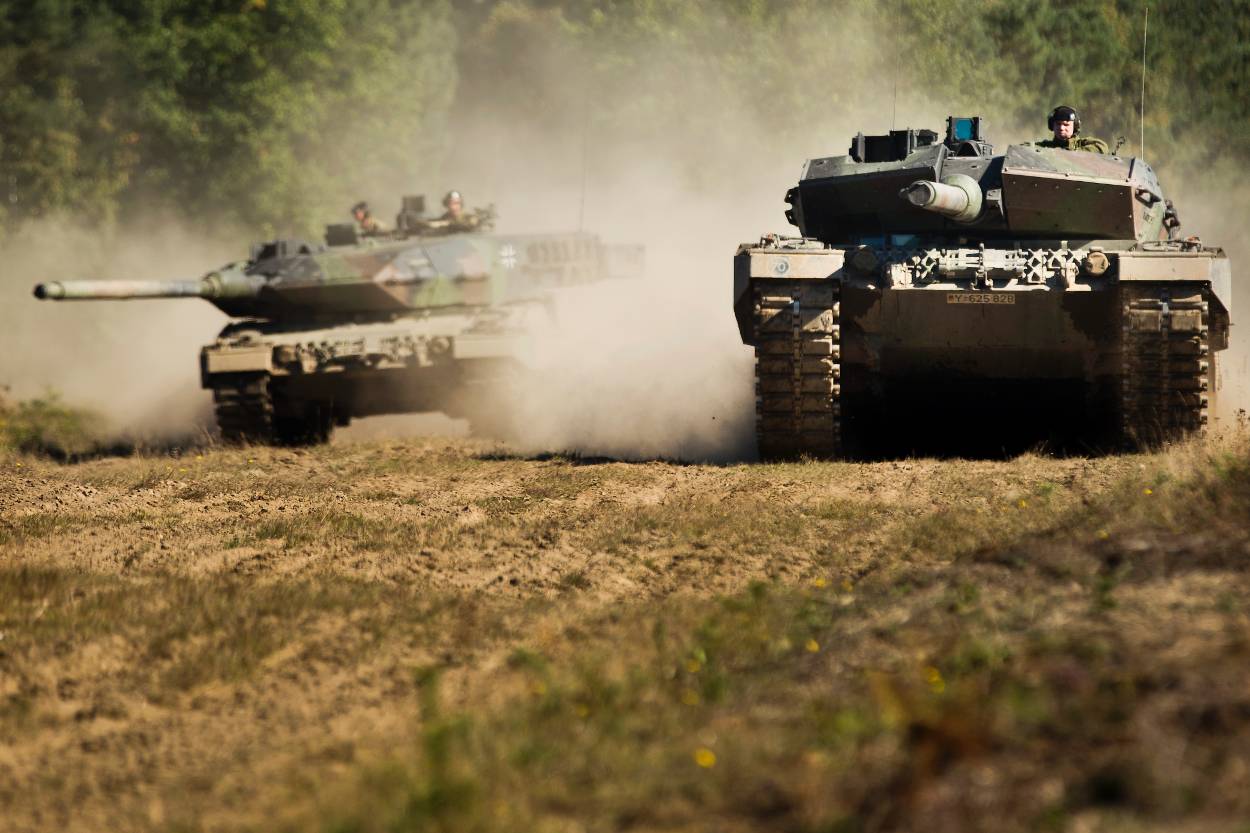
Among public data, we can find some information that Bundeswehr leases a Leopard 2A6 main battle tank company of 18 vehicles over to the Netherlands which technically belongs to the German Army but may be used to defend Holland. But the fact is, the existence of a German-Dutch tank company is part of a much bigger process of merging the ground forces of Germany and the Netherlands altogether, which began in the early 1990s.
For starters, the company of Leopard 2A6 tanks leased from Germany belongs to the Bundeswehr's 414th Tank Battalion, the battalion is in turn a part of the Dutch 43rd Mechanized Brigade that belongs to the 1st Tank Division of Bundeswehr.
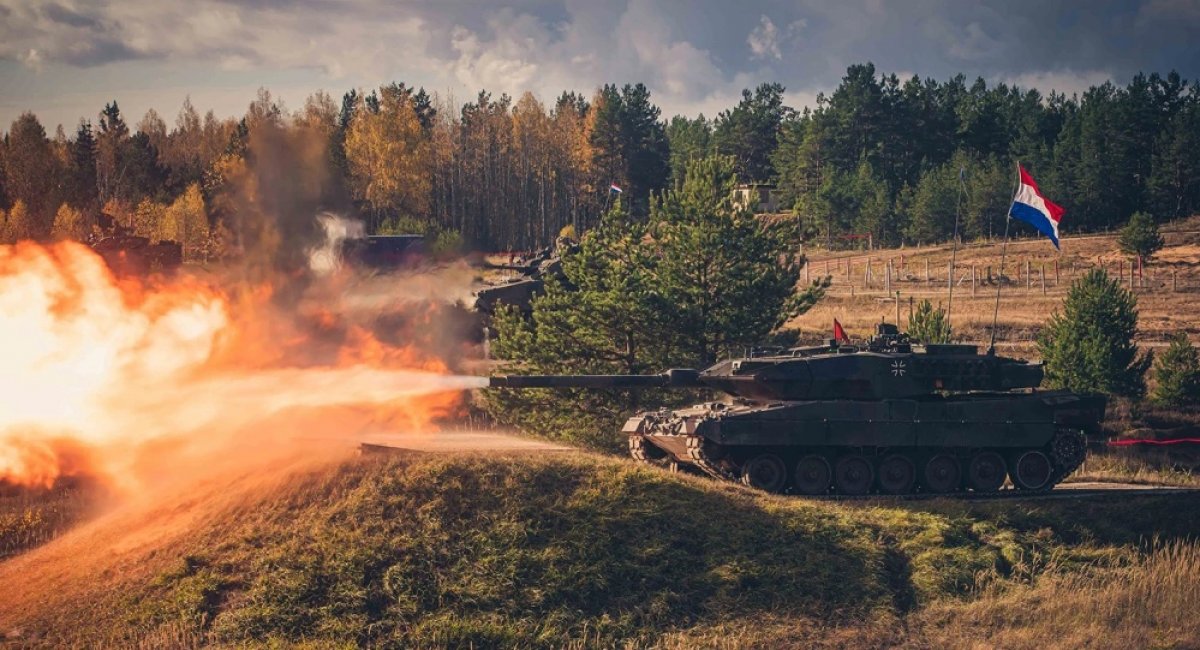
In the first days of February 2023, media reported with reference to the Royal Netherlands Army press secretary Maj. Mark van de Beek that the two countries were planning to finalize the ground forces integration process this year. Both the Netherlands and Germany are committed to it.
If it goes according to the plan, the joint German-Dutch land army will consist of 50,000 personnel, with about 8,000 of them being the Dutch. So far, two out of three brigades of the Royal Netherlands Army have been integrated: one airborne and one of the two mechanized.
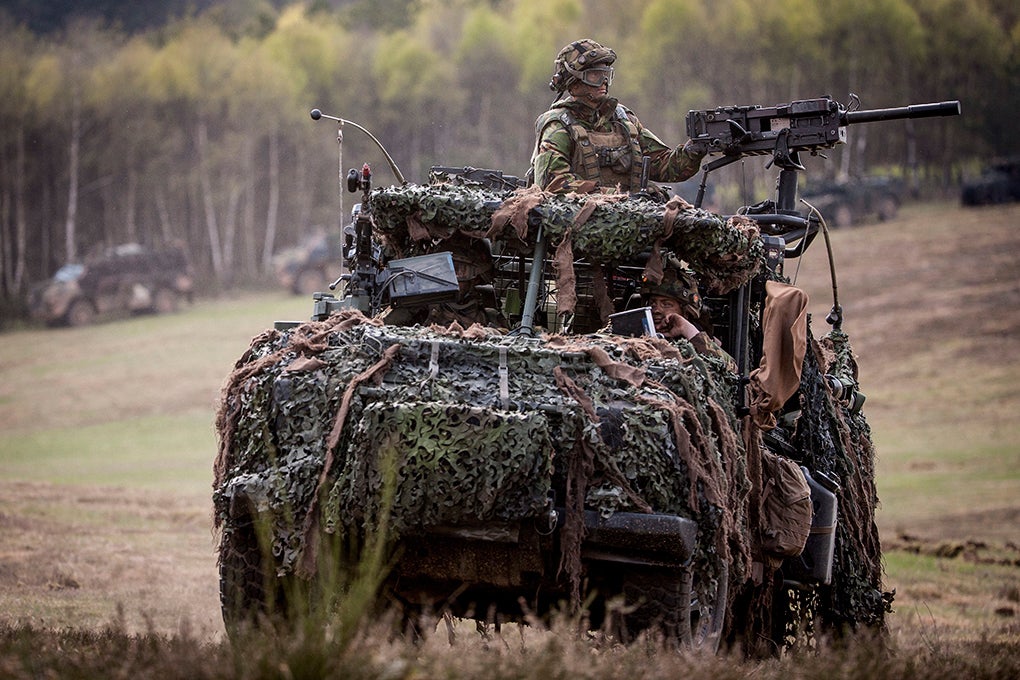
In 1993, Holland and Germany agreed to create a joint 1st Army Corps. In 2014, the 11th Air Assault Brigade of the Netherlands was integrated into the Bundeswehr, and in 2015, the earlier mentioned 43rd Mechanized Brigade was, too. In addition to the "merging" of the units into an operational-strategic level unit, the two countries plan to unify the field manuals and further adjust some minor issues related to the unification of combat equipment for the units.
The Germans and the Dutch need to merge their ground forces in order to strengthen their defenses on land without a radical increase in military budget spending. Therefore, it seems that this background is the reason why the two countries decided not to transfer their 18 "joint-owned" Leopard 2A6 tanks to Ukraine. Instead, they are focusing on another resource that will also help the Ukrainian army in the battle against russian invaders.
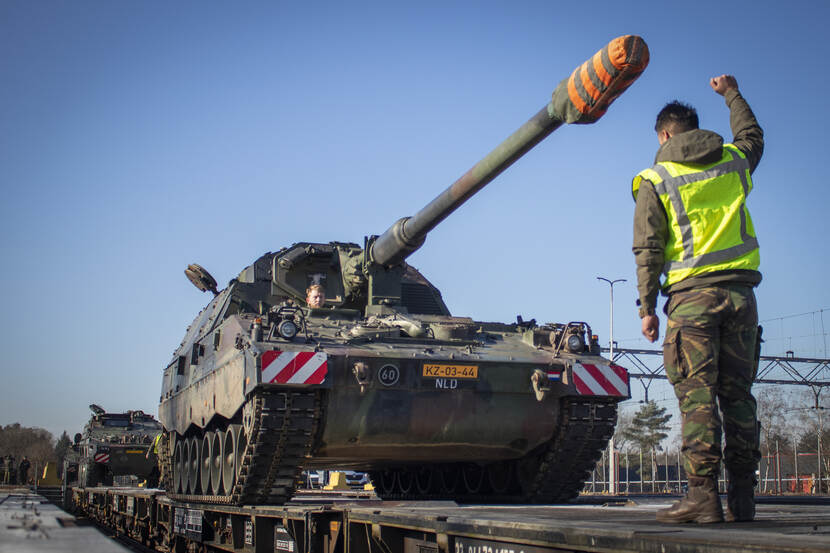
Read more: Ramstein-9 Meeting on Ukraine Aid: Main Points of Discussion Revealed, Aircraft Issue Raised Once More




